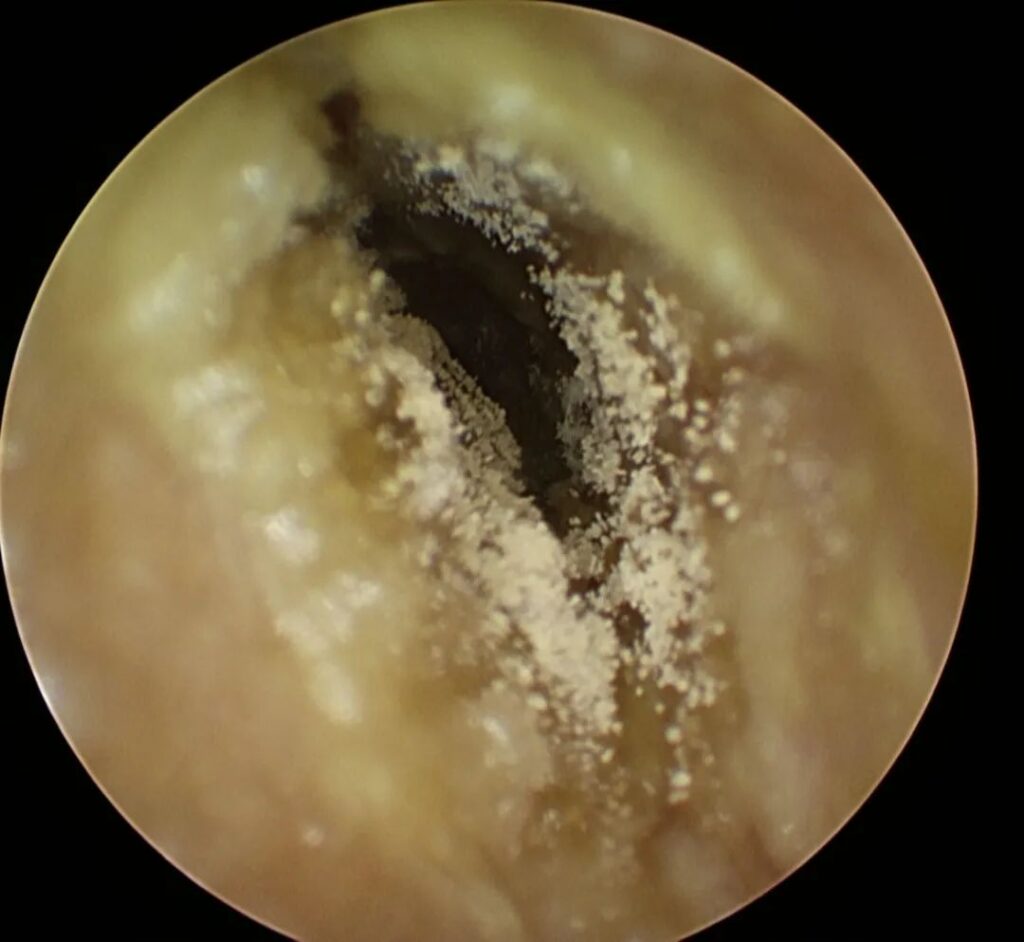Wearing Headphones Every Day: Will It Make You Deaf?
- By : Jessica Jiayi W
For people today, headphones are an essential part of everyday life: some wear headphones while walking, some wear headphones at dinner, others read books and wear headphones. There are even people who sleep with headphones!
This begs the question: does wearing headphones for a long time have any effect on the ears?
The Harm of Using Headphones Improperly
Using headphones improperly can be harmful in two ways: first, the high-intensity acoustic stimulation generated by headphones may cause noise damage to the auditory system; second, wearing headphones for a long time may lead to mechanical damage to structures such as the external ear canal and auricle.
The reason why we can hear sounds is because of the existence of “hair cells” called cilia in our inner ear. Cilia work constantly and are responsible for sensing external sound stimuli and converting sound signals into bioelectrical signals to transmit to the brain, thus allowing us to hear. However, when we use headphones that are too loud for the hair cells to handle, it can cause damage, which can lead to symptoms such as tinnitus and stuffy ears, which are often early signs of hearing loss.
It is worth noting that the human body has a certain self-repair function. If we reduce the volume and the the time spent using headphones, these hair cells can usually recover gradually, and the symptoms will subside. However, if we are subjected to high-intensity sound stimulation frequently over a long period of time, the hair cells will be overloaded, which may lead to irreversible damage. Because human hair cells cannot regenerate, this damage can lead to permanent sensorineural hearing loss that cannot be fully restored by existing medical treatments. Therefore, in order to avoid this tragedy, it is crucial to wear headphones correctly, control their volume, and use time wisely.
How To Use Headphones Correctly
Regarding the proper use of headphones, the World Health Organization (WHO) recommends that adults should not use headphones at 80 decibels (dB SPL) for more than 40 hours per week. If the sound intensity of the headset exceeds 80 decibels (dB SPL), the use time should be shortened accordingly. For example, headphones with a sound intensity of 101 decibels (dB SPL) should not be used for more than 18.75 minutes per week.
Children’s hearing is more sensitive and more vulnerable, so the requirements for them to use headphones are more stringent. When the headphones have a sound intensity of 75 decibels (dB SPL), they should not be used for more than 40 hours per week. Similarly, increasing the sound intensity should be coupled with shortening the use time.
However, it is difficult for us to accurately assess the volume and cumulative use time of the headset. Therefore, for convenience, we usually follow the “60-60” principle, that is, the headset volume does not exceed 60% of the maximum volume, and the continuous use time does not exceed 60 minutes. Of course, the use of each person will vary from person to person. Some people are particularly sensitive to hearing damage, so they should further reduce the use of volume and reduce the use of time according to their own circumstances.
In-ear Headphones vs Headsets
In-ear headphones are popular because of their small, portable and lightweight features. However, the skin of our external ear canal is relatively fragile, and if in-ear headphones are used for a long time, or if the headphones are inserted too deeply, it may lead to mechanical damage to the external ear canal, and even cause local infection and inflammation. These symptoms include itching in the ear canal, fluid in the ear canal, and mild earache. It is recommended to stop using headphones immediately at the onset of these symptoms, and usually the inflammation will subside on its own within 1-2 weeks.

Normal external ear canal and eardrum 
Fungal otitis externa caused by repeated mechanical stimulation (e.g. ear picking)
However, if you do not stop using in-ear headphones or have a habit of digging/picking in your ear, the damage and inflammation of the external ear canal may be further aggravated, causing severe ear pain, swelling of the skin of the external ear canal, hearing loss (caused by obstruction of the external ear canal), and fever. In this case, do not dig into your ear and seek timely treatment at the hospital.
In contrast, headsets are not directly inserted into the external ear canal, so the mechanical stimulation of the external ear canal is small, and it is not easy to cause external ear canal infection, thus making it more suitable for long-term wear. However, headsets require a good fit with the head and face in order to achieve a better sound insulation effect. Headsets that do not fit properly may unconsciously damage hearing by the need to increase the volume to offset the noisy environment. In addition, wearing a poorly designed headset for a long time can also cause mechanical damage to the auricle and head.
Is It Safe to Wear Headphones While Sleeping?
Some people habitually wear headphones before or during sleep in order to listen to music or block out ambient noise. But this practice increases the amount of time spent wearing headphones, increasing the risk of external ear canal infection and auricle damage.
At the same time, the use of headphones during sleep may prevent the inner ear from resting as the inner ear cells receive the stimulation of sound signals throughout the night, which may unconsciously cause hearing damage. In addition, wearing headphones while sleeping may hinder the perception of ambient noises and even danger signals, such as a phone ringing, alarm sounds, or knocking at the door, causing inconvenience and even danger.


